Sustainability Initiatives
The Restaurant Equipment Market is increasingly influenced by sustainability initiatives as restaurants strive to reduce their environmental footprint. There is a growing emphasis on energy-efficient equipment and sustainable materials, driven by consumer preferences for eco-friendly practices. According to recent studies, approximately 70% of consumers are more likely to patronize establishments that demonstrate a commitment to sustainability. This shift is prompting restaurants to invest in equipment that minimizes energy consumption and waste, such as energy-efficient ovens and composting systems. As sustainability becomes a core value for many dining establishments, the Restaurant Equipment Market is likely to see a rise in demand for innovative, eco-friendly solutions that align with these initiatives.
Health and Safety Regulations
The Restaurant Equipment Market is increasingly shaped by stringent health and safety regulations imposed by governmental bodies. These regulations necessitate that restaurants invest in equipment that adheres to safety standards, thereby ensuring food safety and hygiene. For instance, the Food and Drug Administration (FDA) has established guidelines that dictate the types of materials and designs suitable for food preparation equipment. As a result, restaurants are compelled to upgrade their equipment to comply with these regulations, which may lead to a market growth rate of approximately 4.5% over the next five years. This compliance not only enhances consumer trust but also drives the demand for innovative solutions within the Restaurant Equipment Market, as manufacturers develop products that meet these regulatory requirements.
Expansion of Foodservice Outlets
The Restaurant Equipment Market is significantly influenced by the expansion of foodservice outlets, including fast-casual restaurants, food trucks, and cloud kitchens. This proliferation of dining options is indicative of changing consumer preferences, where convenience and variety are paramount. According to industry reports, the number of foodservice establishments is projected to grow by 3.5% annually, leading to an increased demand for diverse restaurant equipment. As new outlets emerge, they require a range of equipment, from cooking appliances to refrigeration units, to operate efficiently. This trend not only stimulates competition but also encourages innovation in the Restaurant Equipment Market, as manufacturers strive to meet the evolving needs of a diverse clientele.
Rising Consumer Demand for Quality Food
The Restaurant Equipment Market is experiencing a notable surge in consumer demand for high-quality food offerings. As patrons increasingly seek unique dining experiences, restaurants are compelled to invest in advanced kitchen equipment that enhances food preparation and presentation. This trend is reflected in the projected growth of the restaurant sector, which is expected to reach a valuation of approximately 899 billion dollars by 2027. Consequently, the demand for specialized equipment, such as high-efficiency ovens and precision cooking tools, is likely to rise, driving innovation within the Restaurant Equipment Market. Furthermore, the emphasis on quality food is pushing establishments to adopt equipment that not only meets culinary standards but also aligns with health regulations, thereby influencing purchasing decisions.
Technological Integration in Operations
The Restaurant Equipment Market is witnessing a transformative shift due to the integration of technology in restaurant operations. The adoption of smart kitchen equipment, such as IoT-enabled appliances and automated cooking systems, is becoming increasingly prevalent. This technological advancement allows for improved efficiency, reduced labor costs, and enhanced food quality. Reports indicate that the smart kitchen market is expected to grow at a compound annual growth rate of 12%, reflecting the growing interest in technology-driven solutions. As restaurants seek to optimize their operations, the demand for technologically advanced equipment is likely to rise, thereby influencing the Restaurant Equipment Market. This trend not only streamlines processes but also enhances the overall dining experience for consumers.




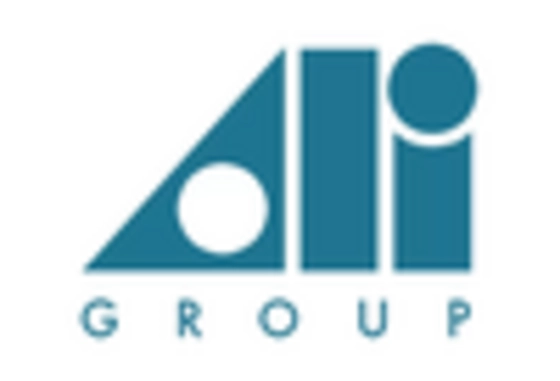

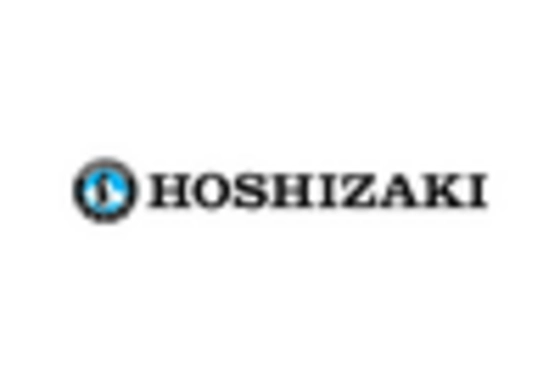
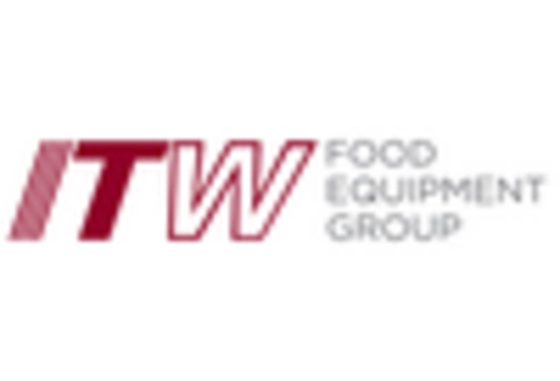
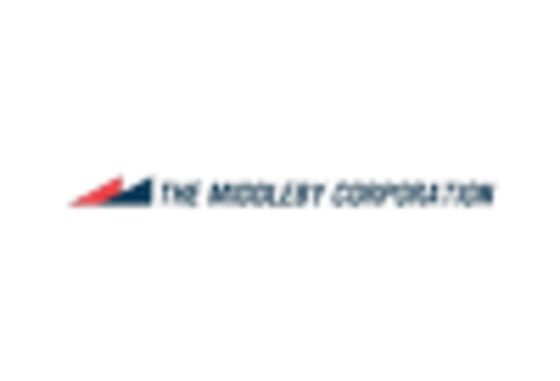
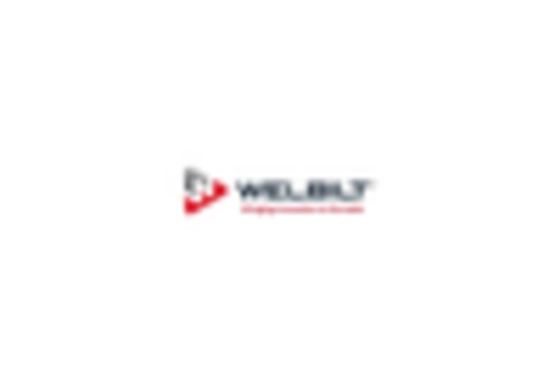








Leave a Comment